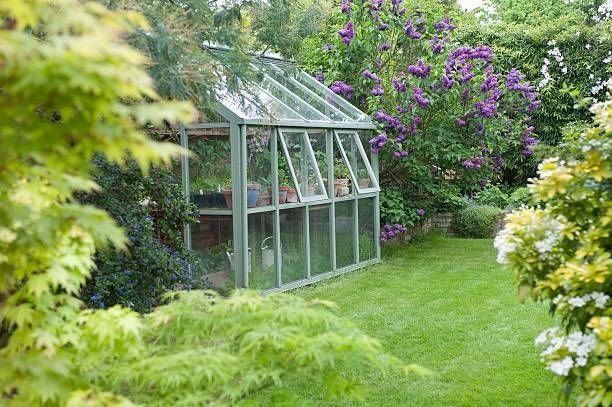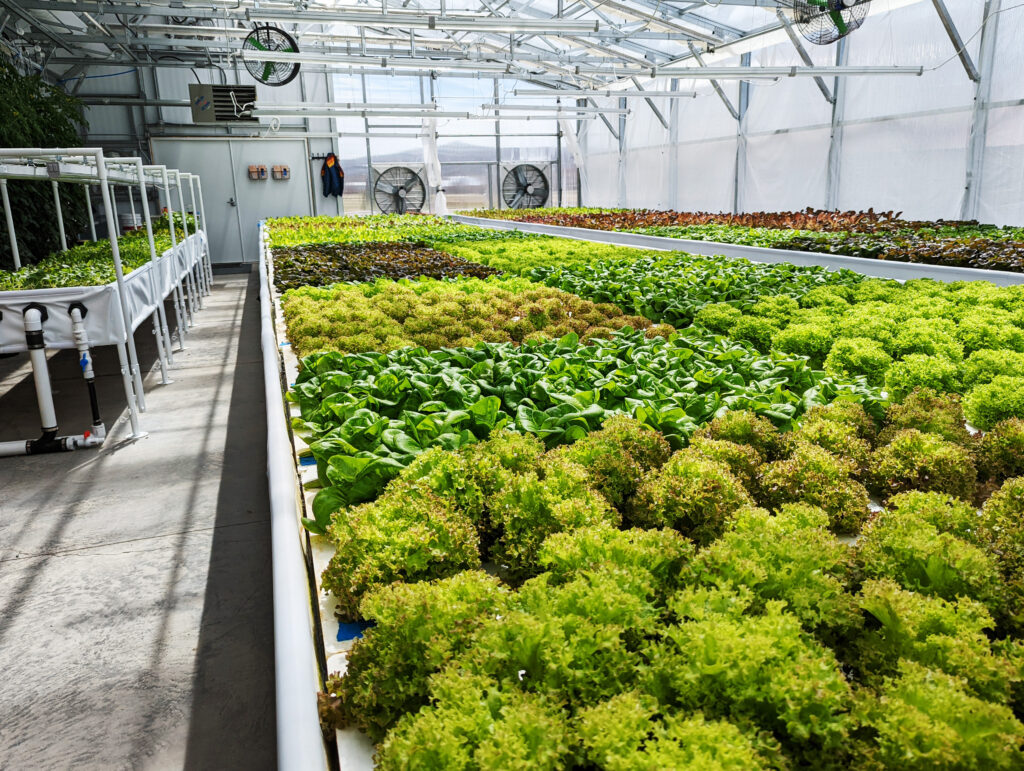Monarch Greenhouse Utah: Raising Expanding Spaces with Precision Construction
Wiki Article
The Future of Greenhouses: Developments in Lasting Farming
Are you curious regarding the future of greenhouses and just how they are revolutionizing lasting farming? Look no more! In this article, we will certainly discover the exciting advancements that are paving the method for a greener and much more reliable farming market. From sophisticated environment control systems to vertical farming strategies, water-efficient watering approaches, renewable resource assimilation, and clever data analytics, these improvements are transforming the means we grow our food. Get ready to find the future of sustainable farming in greenhouses!Advanced Climate Control Solution
To attain optimum growing conditions, you can rely upon the improvements in greenhouses with sophisticated environment control systems. These systems have actually transformed the means we cultivate plants, giving a regulated environment that contributes to plant growth. With these ingenious systems, you can currently manipulate temperature, humidity, light degrees, and also CO2 concentrations to produce the ideal problems for your plants to prosper.Among the essential attributes of these sophisticated environment control systems is their capability to control temperature level. By utilizing sensing units and automated controls, the greenhouse can readjust the temperature level based on the specific needs of the plants. This makes certain that they are never subjected to extreme heat or cool, which can be harmful to their growth.
Humidity control is an additional crucial facet of these systems. By keeping the optimal humidity levels, you can prevent concerns such as mold and mildew, mildew, and illness from influencing your plants. These systems can likewise control the quantity of light that gets to the plants, making sure that they get the optimal quantity for photosynthesis.
Furthermore, advanced environment control systems can also adjust carbon dioxide focus. By enhancing the degrees of CO2 in the greenhouse, you can enhance plant growth and performance. This is particularly valuable in areas with reduced all-natural carbon dioxide degrees.
Upright Farming Methods
One crucial vertical farming strategy is using piled expanding systems. Stacked expanding systems are commonly made use of in city locations where space is limited.One prominent technique is called upright hydroponics, where plants are expanded in nutrient-rich water without dirt. This technique is extremely reliable as it minimizes water use by up to 90% contrasted to conventional farming approaches. In addition, since the plants are grown inside your home, they are safeguarded from illness and parasites, lowering the requirement for chemicals.
Another method is aeroponics, which includes putting on hold the plant roots in a mist or air environment. This approach permits optimum nutrient absorption and oxygenation, leading to faster development and higher returns. Aeroponics likewise utilizes much less water than traditional farming and can be implemented in upright systems, making it a popular option for upright farming.
Water-efficient Irrigation Techniques
When it comes to implementing water-efficient irrigation techniques in sustainable agriculture,Taking full advantage of water preservation is essential. With global water scarcity becoming a pressing issue, it is critical to establish ingenious techniques that maximize water usage in greenhouse operations.One promising method is drip irrigation, which supplies water straight to the plant roots, minimizing waste and dissipation. By using a network of tubes with little emitters, water is applied slowly and exactly, guaranteeing that plants obtain the required moisture without excess runoff.
One more reliable strategy is making use of dirt dampness sensing units. These gadgets gauge the moisture web content in the soil and provide real-time data to farmers. By keeping an eye on the dirt's moisture levels, farmers can properly figure out when and just how much water to apply, preventing over-irrigation.
Furthermore, the execution of rainwater harvesting systems is acquiring popularity in greenhouse farming. Accumulating rain from roofs and keeping it in storage tanks permits farmers to utilize this natural deposit for irrigation functions, decreasing reliance on standard water sources.
Lastly, the fostering of automated irrigation systems can significantly boost water performance. These systems use sensing units to find dirt moisture degrees and climate conditions, readjusting watering routines appropriately. By scutch grass maximizing water usage based upon actual plant demands, these systems can minimize water waste and promote lasting farming practices.
Renewable Resource Combination
Renewable energy assimilation in greenhouses provides several benefits, consisting of decreased running costs and lowered reliance on non-renewable power sources. The created power can then be utilized to run different operations within the greenhouse, such as illumination, ventilation, and home heating systems. These generators harness wind power and transform it right into electricity, which can be used to supplement the power requirements of the greenhouse.Smart Data Analytics and Automation
To boost the efficiency of your greenhouse procedures and optimize resource utilization, think about applying wise information analytics and automation. Smart data analytics involves accumulating and assessing data from various sensors and tools within your greenhouse.
Automation, on the other try these out hand, entails making use of modern technology to automate jobs that were previously done by hand. This can include automating the control of lights, ventilation, watering systems, and nutrient distribution. By automating these procedures, you can guarantee that your plants obtain the right problems and nutrients at the ideal time, without the requirement for constant hand-operated treatment. This not just saves you effort and time yet likewise decreases the risk of human mistake.
In addition, clever data analytics and automation can function together synergistically. The information collected by sensing units can be made use of to educate automated systems, enabling them to make real-time changes based upon the existing problems. This assimilation of information analytics and automation can bring about a lot more precise and reliable source allocation, ultimately resulting in greater returns and far better plant high quality.
Final Thought
Finally, the future of greenhouses in sustainable agriculture looks appealing. With innovative environment control systems, vertical farming techniques, water-efficient irrigation approaches, and sustainable energy assimilation, greenhouses are becoming much more reliable and eco-friendly. In addition, using wise information analytics and automation even more enhances efficiency and decreases waste. These advancements are leading the way for a much more sustainable and effective farming market, guaranteeing a greener and healthier future for all.
By enhancing water use based on actual plant requirements, these systems can minimize water waste and promote sustainable farming practices.

Report this wiki page